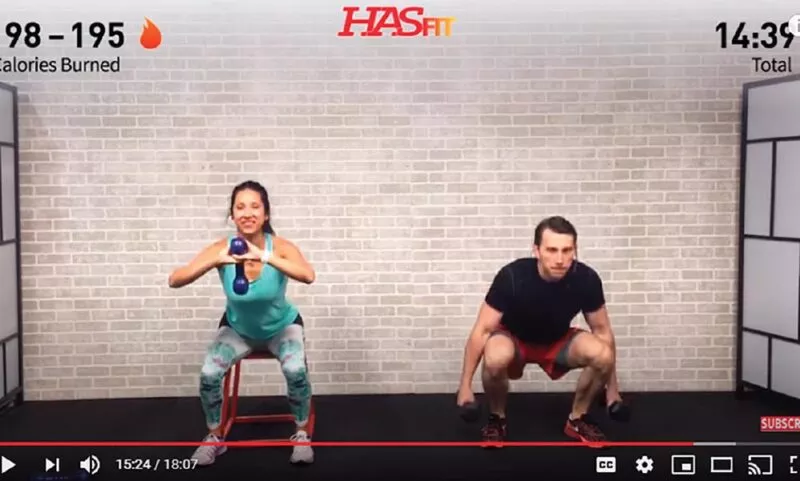What two weeks of inactivity can do to your health

Maridav - stock.adobe.com.
What happens when you’re stuck at home with fewer opportunities to exercise?
“A lot of work has been done on complete bed rest or immobilization, but little attention has focused on how acute periods of limited activity affect older adults,” says Chris McGlory, assistant professor of exercise metabolism at Queen’s University in Canada.
So he and his colleagues had 22 older people with prediabetes and overweight slash their usual steps per day—from 7,000 to about 1,000—for two weeks and then return to their normal activity for another two weeks.
“We tried to mimic the number of steps someone would take, say, when they stay at home because there’s a flu outbreak or because it’s too cold to go outside, so they’re physically inactive for a number of weeks,” says McGlory.
The results: During the inactive period, “we found an increase in insulin resistance and blood sugar and a decrease in the rate at which muscle proteins were created,” says McGlory. “And none of those things were fully recovered after the two-week period when they returned to their usual activity.”
What if you don’t have prediabetes?
“If you start off without prediabetes, you’d shift toward the prediabetic state, and if you have prediabetes, you’d shift toward the diabetic state,” says McGlory.
Most older people have already shifted. Among Americans aged 65 or older, 47 percent have prediabetes and another 27 percent have diabetes.
When it comes to muscle, older people are also at a disadvantage.
“After the fourth or fifth decade of life, we start to lose 1 to 2 percent of our muscle mass per year,” says McGlory.
“And during a period of inactivity, you lose muscle whether you’re young or old. So inactivity combined with the biological loss of muscle is a double whammy for older people.”
What’s more, adds McGlory, seniors don’t regenerate lost muscle as well, “so they don’t recover as quickly as younger people.” Odds are, the participants would have returned to normal if the study had lasted longer, he notes. “But we don’t know how long it would have taken.”
What we do know
Staying as active as possible, especially with exercises that build strength, should help.
“If you have stairs in your home, walk up and down to keep up your daily step count,” suggests McGlory. Climbing stairs is ideal because it’s both aerobic and strength exercise.
Other ideas: do squats, go for a daily walk, or jog or cycle.


Calendar
Good Foods 2023
Every gorgeous photo in the Good Foods 2023 calendar will whet your appetite for delicious, healthy food. And the simple recipe below each photo, from Healthy Cook Kate Sherwood, will help you turn that month’s star into the star of your dinner table.

